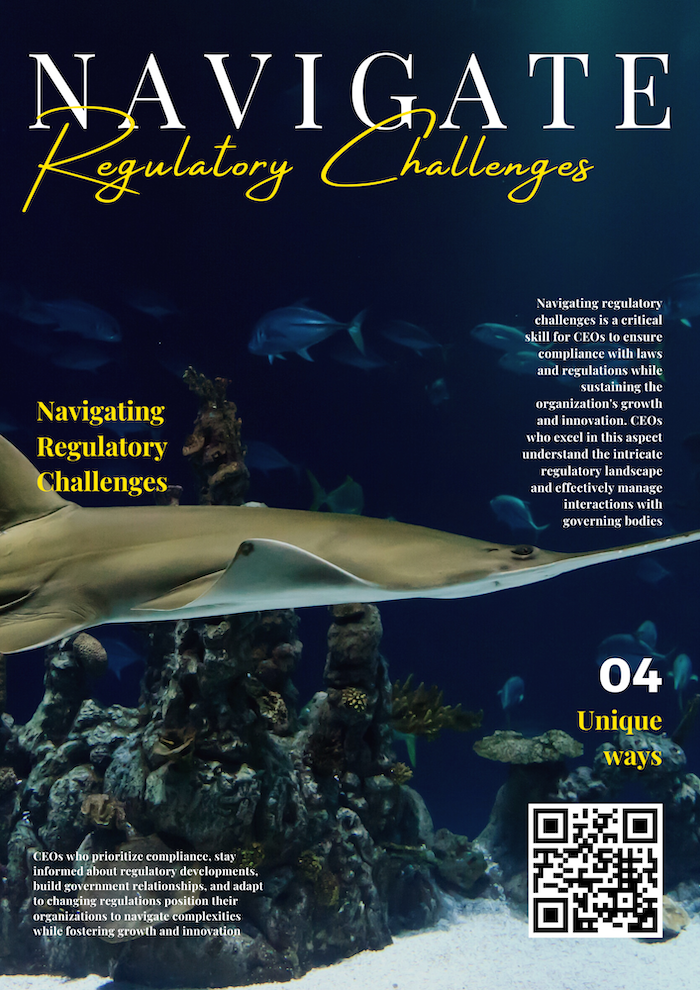How Organizations Can Rearrange Resources to Adapt to Change
Rearranging resources is a critical aspect of change management. By being proactive and strategic in how they allocate their resources, organizations can adapt more quickly and effectively to change and position themselves for long-term success. Here are some examples:
Reallocate staff:
One way to adapt to change is to reallocate staff to different roles or departments. For example, if an organization is shifting its focus to a new product line, it may need to move staff from other departments to the product development team to ensure that it has the resources it needs to succeed.
Redistribute budget:
Another way to rearrange resources is to redistribute the budget. Organizations can reprioritize spending to focus on new initiatives, such as investing in new technologies or marketing efforts to target new customers.
Outsource services:
Organizations can also outsource services to adapt to change. For example, if an organization needs to reduce costs, it may choose to outsource its accounting or IT services to a third-party provider rather than maintaining those functions in-house.
Restructure departments:
Another way to rearrange resources is to restructure departments. This could involve consolidating functions or splitting existing departments into smaller units to better align with the organization's new strategic priorities.
Implement flexible work arrangements:
Finally, organizations can rearrange resources by implementing flexible work arrangements. This could involve offering remote work options, flexible hours, or job-sharing arrangements to enable staff to adapt to changing circumstances in their personal lives while still contributing to the organization's success.









